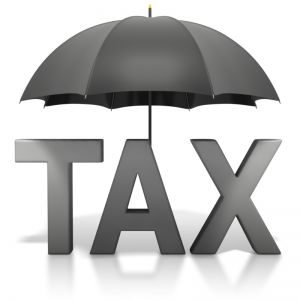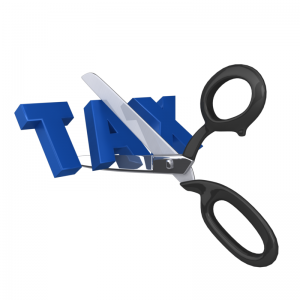Self-Directed IRA Investors Know – It’s Not What You Earn – It’s What You Keep
Self-Directed IRA owners know, it’s not what you earn, and it’s not even what you save. It’s what you get to keep.
 That is, as you develop your financial plan, it’s not just a matter of gauging the profitability of a series of potential investments. You need to consider the after-tax return.
That is, as you develop your financial plan, it’s not just a matter of gauging the profitability of a series of potential investments. You need to consider the after-tax return.
That’s especially true in today’s world of lower interest rates and compressed expected returns on many asset classes. The cost of living continues to rise. But today’s crop of Self-Directed IRA investors doesn’t benefit from the 6 percent dividends and 8-12 percent interest rates that previous generations of investors destroyed. Currently, dividends on the S&P 500 are under 2 percent, and interest rates on investment grade bonds aren’t much higher.
That means investors don’t have much leeway to give up a chunk of already modest returns to the IRS in the form of taxes.
It’s critical, then, for Self-Directed IRA investors to consider the impact of all manner of taxes on their ultimate returns:
- Federal income tax
- State income tax
- Long-term capital gains taxes
- Short-term capital gains taxes
- Dividend taxes
- Property taxes
- Depreciation/Amortization
- Payroll taxes
- Alternative minimum taxes
- Sales and excise taxes
- Unrelated debt-financed income taxes
- Penalties on retirement plan withdrawals

- … and many others.
Fortunately, there are some steps you can take to protect yourself and minimize the taxes you pay, provided you plan ahead. For example:
- Practice tax diversification. Hold assets in a variety of tax “buckets,” including currently taxable investments (that qualify for lower long term capital gains taxes and offsetting deduction of losses), tax deferred assets such as conventional and Self-Directed IRAs, 401(k)s, SEPs, SIMPLEs and annuities, and tax-free-growth assets like self-directed Roth IRAs, designated Roth 401(k) accounts and cash value in permanent life insurance.
If you’re fully diversified, any changes in future tax law won’t hurt you very much, and you’ll still maintain many of the advantages of capital gains and income tax deferral from your portfolio.
- Don’t trade too much. It racks up your expenses, even in retirement accounts. If you have a traditional brokerage account, you wind up paying hidden fees on each transaction, such as bid/ask spreads and commissions which you’ll never see on your statement, but which are very real. It’s how the middlemen and market makers on Wall Street and the trading pits get paid!
[tweetthis twitter_handles=”@iraexpert” hidden_hashtags=”#SelfDirectedIRA”]Self-Directed IRA owners know, it’s not what you earn-It’s what you get to keep…[/tweetthis]
Keeping assets in self-directed accounts with an administrator like American IRA, LLC may help you increase the transparency of your trading/transaction costs, depending on the assets you hold in your account. To learn more, give us a call.
- Be on the lookout for opportunities to harvest tax losses. If you have to sell an asset at a profit outside of a retirement account, try to hold it for at least a year to qualify for better long-term capital gains rates – and then try to sell a loser to offset the capital gains tax. You only have to pay taxes on net gains over losses each year. Hopefully you’ll never have any losses, but for most of us mortals that’s an unlikely circumstance if you’re accepting any risk in your portfolio!
- Maximize the use of tax-advantaged savings vehicles. Tax deferral has significant value – as does the tax-free growth that you can enjoy in Roth IRAs and similar accounts. The higher the anticipated growth, the more you’ll want it in a Roth – especially when you’re young!
For more information, call us at 1-866-7500-IRA.
Images by: presentermedia.com
